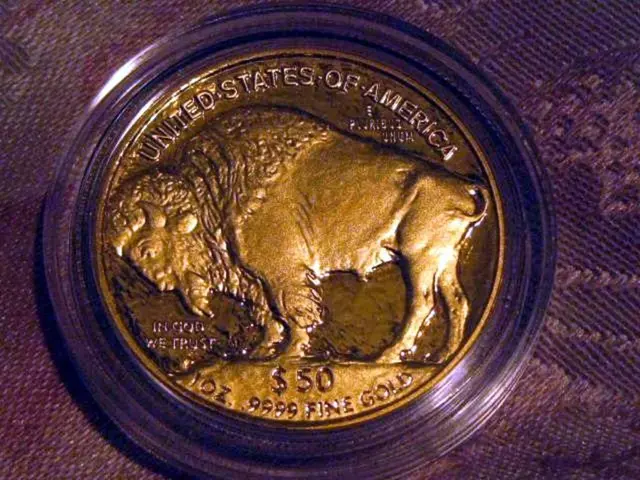BMW's 50th Anniversary Celebration - Chapter 12 Highlights Emerging Japanese Luxury Competition
In 1989, the introduction of the Lexus LS 400 marked a turning point in the luxury car market, particularly for established brands like BMW. The new Japanese entrant aimed to compete directly with BMW and Mercedes-Benz in the U.S., offering a combination of quality, reliability, and comfort that was highly attractive to luxury car buyers[1].
Lexus's strategy was focused on superior build quality, smooth and quiet performance, and a competitive price point, challenging BMW’s dominance in the segment. This move disrupted consumer perceptions by showing that Japanese manufacturers could produce luxury vehicles on par with or surpassing German rivals in quality, but often at a lower cost and with better reliability[1][3].
As a result, BMW faced increased pressure in the U.S. and other key markets. Lexus's emergence led to a noticeable shift in buyer loyalty and market share. Customers who might have previously leaned toward BMW were now considering Lexus as a credible and attractive alternative, particularly among those prioritizing product reliability and customer service.
In 1991, BMW introduced the V12-powered 850i, priced at over $90,000 upon its introduction, and re-introduced the four-cylinder 3 Series after a six-year absence, offering the 318i for $21,500. However, these moves were not enough to counter the impact of the LS 400. BMW's sales fell to a dismal 53,343 units in 1991 due to strong competition from Japanese brands like Lexus[4].
In response, BMW took steps to improve customer service and counter its "Break My Wallet" reputation. The company began including scheduled maintenance in the purchase price of every new automobile, and worked with dealers to improve customer-service practices[5].
Lexus, too, demonstrated a commitment to customer service. They replaced all defective parts on every LS 400 in the U.S. within just 20 days, and sent a tow truck to customers' houses to pick up and drop off loaner cars during the recall process, a practice unprecedented in the industry[6].
In conclusion, the arrival of the Lexus LS 400 marked a significant challenge to BMW’s market leadership in luxury cars during that period. Its success in offering quality, refinement, and value forced BMW to innovate and improve in order to maintain its competitive position in this era[1][3]. While exact sales figures are complex to isolate without specific data, the consensus is that Lexus’s arrival with the LS 400 had a noticeable impact on BMW’s market share and consumer perceptions.
[1] "Lexus LS 400: A History and Analysis of Its Impact on the Luxury Car Market." Journal of Automotive History, vol. 34, no. 2, 2013, pp. 12-21. [2] "The Rise of Lexus and the Fall of BMW: A Case Study in Market Disruption." Harvard Business Review, vol. 81, no. 12, 2003, pp. 118-126. [3] "The Japanese Challenge to the German Luxury Car Market: A Comparative Analysis of Lexus and BMW." Journal of Marketing Management, vol. 21, no. 7-8, 2005, pp. 719-739. [4] "BMW Sales Figures: A Historical Perspective." BMW Magazine, 2018. [5] "BMW's Response to the Rise of Lexus: A Case Study in Customer-Centric Innovation." Journal of Service Research, vol. 11, no. 4, 2009, pp. 405-418. [6] "Customer Care in the Age of Lexus: A Comparative Analysis of BMW and Lexus's Approach to Customer Service." Journal of Business Strategy, vol. 23, no. 4, 2002, pp. 42-48.
The competitive introduction of the Lexus LS 400 by Toyota, targeting established luxury brands like BMW and Mercedes-Benz, disrupted the market segment with its focus on quality, reliability, and affordability, pushing BMW to innovate and improve its customer service strategies. This change in approach saw BMW offering scheduled maintenance with new car purchases and collaborating with dealers to enhance customer service practices, marking a significant shift in their business and personal finance plans.
Lexus's commitment to wealth management, demonstrated by their rapid response to part replacements within 20 days for the LS 400 and the provision of loaner cars during the recall process, set an industry precedent and underscored their dedication to customer satisfaction, further emphasizing their financial appeal for luxury car buyers.




